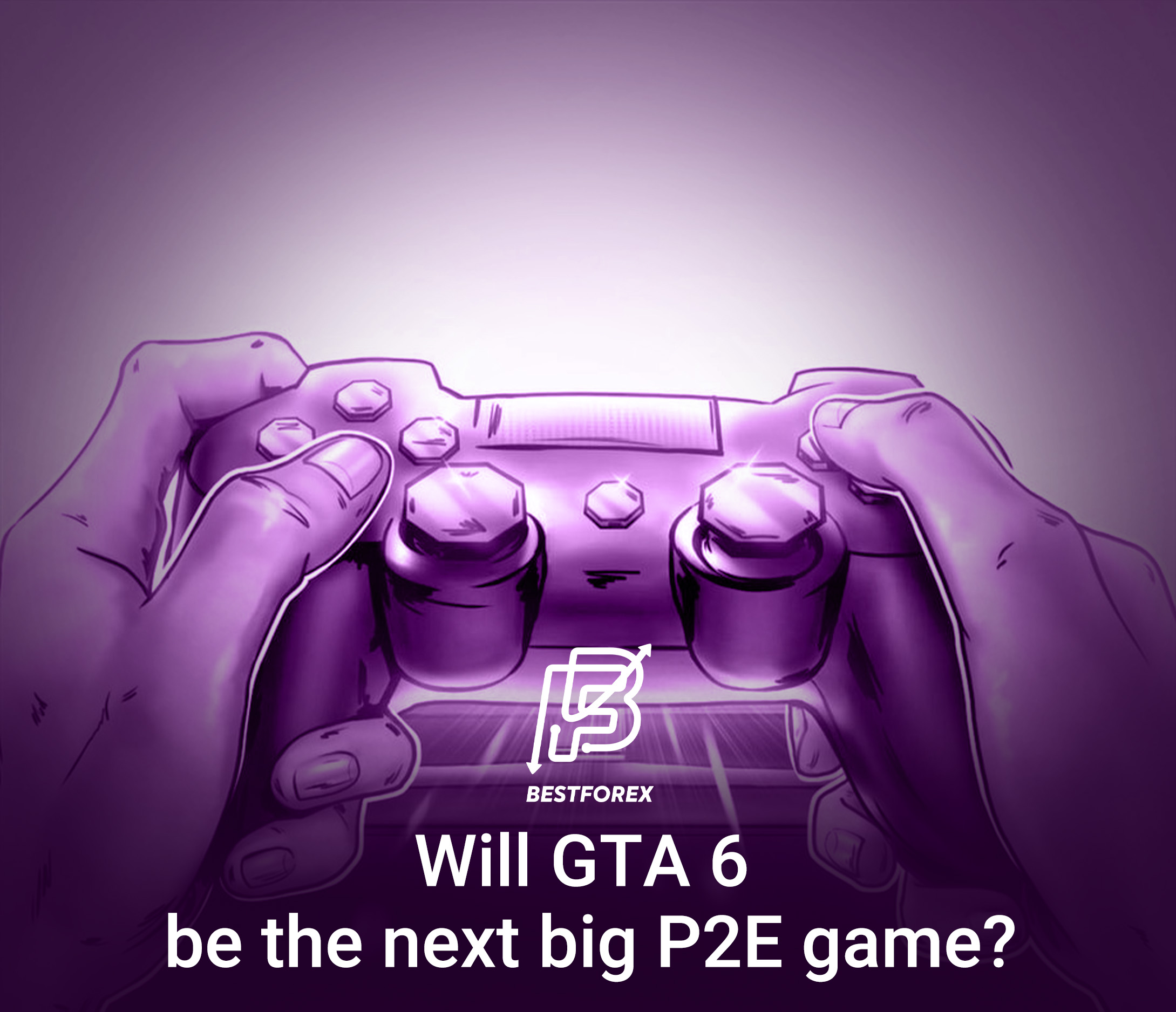
The convergence of the virtual and real worlds is accelerating metaverse development. Contrive Datum Insights, a market research company, recently discovered that the worldwide metaverse industry will reach $1.3 trillion by 2030. The study predicts that this increase will be fueled by recently adopted practices in the virtual economy as well as the growth of both cryptocurrencies and online games. Additionally, a recent CoinWire survey revealed that social behaviors would probably change as a result of the metaverse. According to a study by CoinWire, 69% of respondents think that the metaverse would eventually change social habits due to novel ways of interaction and entertainment.
How metaverse development changes social interactions
According to Cathy Hackl, author of Into the Metaverse: The Essential Guide to the Business Opportunities of Web 3.0, the metaverse consists of shared virtual experiences that take place in both virtual and real environments: “It’s just that the physical world side of the metaverse equation hasn’t been fully enabled. It’ll come in the next ten years. If you take that into account, then how we socialize will be deeply impacted by the metaverse.”
The way people communicate will probably alter as a result of technology like volumetric video, which delivers a more realistic experience by capturing three-dimensional spaces, according to Hackl. She explained that when our loved ones are far away, this might make us feel more present. In the future, more interactive metaverse environments might be made possible, according to Hackl. Despite the fact that the idea of AI and the metaverse is still relatively new, certain examples from today show how this might work.
an example of the metaverse application in communication
For instance, The Sandbox, a well-known decentralized virtual environment, saw over 1 million players play games there last year, according to Sebastien Borget, co-founder and chief operating officer. Borget thinks that users of The Sandbox are familiar with displaying their digital identities through avatars. He stated: “In The Sandbox, users can connect with their digital identity, make friendships and have real emotions through these experiences. It doesn’t matter the background, age or where users are from. The Sandbox is a global, digital nation.”
In light of this, Borget is cognizant of the potential for metaverse platforms to alter social lifestyles. “There is no turning back now that three billion people are digital natives. Avatars are becoming the primary means of communication on social media platforms and virtual worlds, according to him.
While this might be the case, Borget revealed that users of The Sandbox could soon add their own body movements to their virtual selves, giving them more unique and lifelike features. Borget stated that The Sandbox would collaborate with Kinetix, an AI-focused technology startup, to introduce “emotes” — animated expressions of emotion — to video games and virtual environments.
Emotes will enable users to animate avatars through personalized dance motions and physical interactions exhibited in reality, according to Yassine Tahi, CEO of Kinetix, in an interview with Cointelegraph. Using the help of a special AI, users can now capture gestures with a phone’s camera and subsequently apply them to avatars, the developer claimed.
Emotes, in Tahi’s opinion, are crucial for simulating social interactions. People will wish to emulate the physical world in the future in order to act in a specific way in virtual realms. For instance, if someone trips and falls during a fashion show in the real world, the metaverse can reproduce this with avatars and emotes.
Using AI to push metaverse development forward
Using AI to implement vocal characteristics may also enrich interactions in virtual environments in addition to emotes. According to Sabin Dima, CEO of Humans.ai, a layer-1 protocol built on top of Cosmos, AI will play a significant role in the metaverse development when it comes to improving user interactions. He described Humans.ai as the “blockchain of AI” and said it created “SuperSkills” and voices that users could apply to their avatars in various virtual environments. Dima claims that giving avatars a digital voice or the ability to communicate in other languages will boost interaction and enhance user experiences. Dima shared that Humans.ai allows users to build digital voices, communicate in various languages, and employ synthetic voices that can prevent discrimination.
“You can enter a zoom call with a different voice, for instance, which could prevent discrimination if you wish to remain completely anonymous. This will certainly reshape social lifestyles,” he stated. Additionally, Dima pointed out that customers can have exclusive rights to their voice by using non-fungible tokens (NFTs).
Yat Siu, Animoca Brands’ co-founder and chairman, also told Cointelegraph that he thinks AI will improve metaverse experiences. “One primitive example of this is chatbots. In video games, we constantly engage with non-player characters with rudimentary character development. AI changes this significantly. They will deepen and enhance engagement as well as create deeper meaning and utility to their related ownership of their assets in the metaverse,” he said.
Will Metaverse interactions substitute real-life communications?
Although the metaverse has already begun to show how users can interact socially in virtual worlds, adding AI will probably lead to higher levels of interaction. But it’s still unclear whether social interactions in the metaverse will ever completely replace face-to-face interactions.
Individuals are already under the influence of their online encounters, claims Siu. As a result, he predicts that as time goes on, the metaverse will probably lead to greater immersion. Siu stated that in light of this, the metaverse will complement actual interactions rather than replace them.
The metaverse and AI capabilities, Dima continued, will lead to a digital transition that may “smarten” up people. AI will enable avatars to talk in various languages or to occupy several locations at once, he predicted.
Hackl noted that the physical world still plays a crucial role in the metaverse, but AI-powered virtual worlds will produce more realistic experiences. She uttered: “The future of the metaverse is about connected experiences that transcend the physical and virtual divide. They will just be experiences. The difference is that experiences will be augmented by technology.”
Read more articles on new technologies and financial markets here.







































